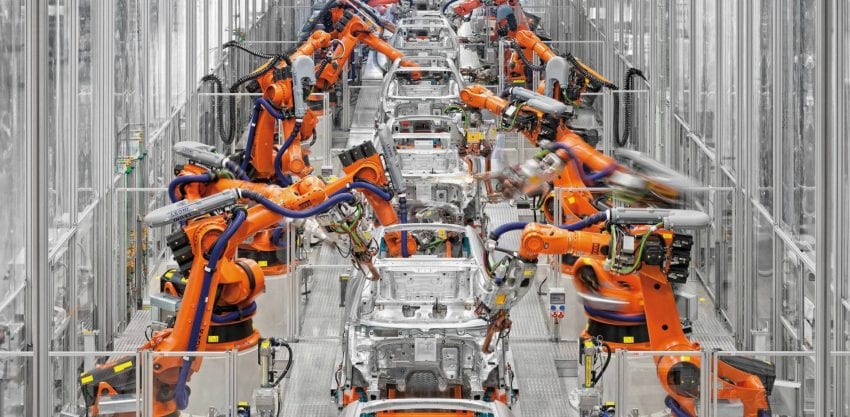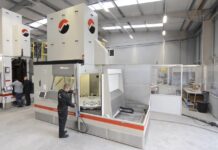When I was growing up in the 1970s, I got home from school and left my coat on while I helped my mother put coal on the fire and light it, frantically blowing to get the flames going.
This same thing happened at homes all around the country before central heating became the norm.
When we got our first central heating system, we could use some kind of mechanical gadget to set when it would come on and off, so when we woke up in the morning, the house was warm, and it would turn off at night to save money.

This was space age for us.
This week I noticed that I don’t even set a timer anymore.
When we wake up, the house is warm, and it cools down just before everyone heads off to bed.
When we went away for a week, I used an app to see what the temperature was back at home – 9 degrees. The system knew there was nobody in, and it turned everything off, just keeping it warm enough so that the pipes wouldn’t freeze.
This is because we’ve got Nest. It’s one of the many systems you can get that will allow you to change your heating levels without having to mess with fiddly switches.
Using an app, you can flick it on and off from the comfort of your sofa. But, it will also learn when you’re in the home and work out the best times to have the heating on and off, so you save money.
It’s brilliant.
Of course, it’s not yet sentient, so one Friday night when we stayed up a little longer than usual, I noticed the temperature was dropping.
A few years ago I would have gone to the airing cupboard and pressed the “advance” button to turn the heating back on.
Not so now!
“Alexa, turn the temperature up to 23.”
I can now order my heating to come on.
How did we get here?
Automation in many ways has it’s roots in safety. Certainly, that’s where it’s become more entrenched because there’s a huge problem with humans – we’re prone to error.

Doors that shut automatically on boats, heaters that automatically cut out, hoists that will stop before crushing you, they’re all methods utilised because people aren’t particularly good at routine.
It also removes some element of experience from a situation which has many upsides, but also the odd downside.
For example, airline pilots can go months without ever having to wrest control of their planes because it’s mostly done automatically, however when they do need to take over, without experience, there could be a catastrophe. Without constantly keeping up to date and flying the thing themselves occasionally, disaster can strike.

Another area of safety that many people see as the way forward for automation is in self-driving cars.
The roads are particularly dangerous with many thousands of people dying from car accidents each year, so automated cars are seen as the ideal way to increase overall safety and reduce those numbers, however many say it’s not quite as simple as that.
And one of the biggest investors in the technology, Uber, stopped testing their self-driving cars earlier in 2018 after the death of a pedestrian due to one of its vehicles.
So if not safety, what else?
There are other ways in which automation can help us, though.
In most areas of industry, automation has been brought in to help with efficiency.
For example, in the automotive industry, robots are nearly always to be found in factories having replaced humans in the welding, fabricating and fitting of car parts.

This also increased safety, of course. Welding bits of metal together is a dangerous business, and door panels are heavy, so anything a robot can do to minimise the risk of losing limbs is always going to be a winner.
But there are efficiencies to be had in speed, too.
For example, roller shutter doors, oft seen on car parks, warehouses and anywhere else people have large entrances are big, heavy and slow. They are an effort to open and close and are particularly difficult to manage when you need to operate them quickly.
Not anymore, though, roller shutter doors can also be high-speed, safe and have laser eyes to tell when you’re about to be cut in two by them. Oh, and a safety system to stop you being cut in two. It’s all very clever.
But have we noticed?
Regardless of what is automated next, the key to it being accepted is it going unnoticed.
When you slam the brakes on in the wet, an automatic system will sense when your wheels are about to slip and release the brakes a bit. Anti-lock braking has been around for years, and it’s default on most cars – have you ever noticed?
That’s the key.
Automation is inevitable for many aspects of life and industry, but its acceptance is really only assured when people don’t notice a bar from the initial “oh my God, that’s awesome” reaction.

When we’re over it, we’ll simply move on.









